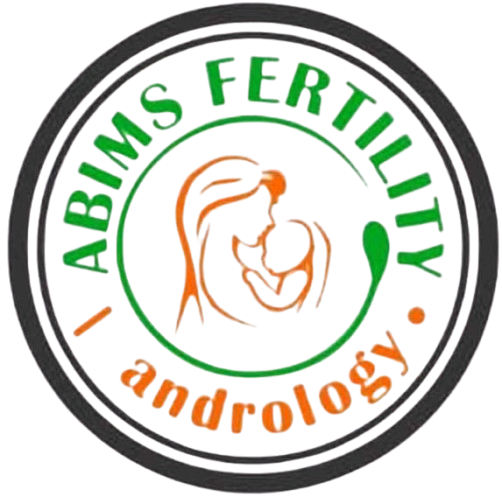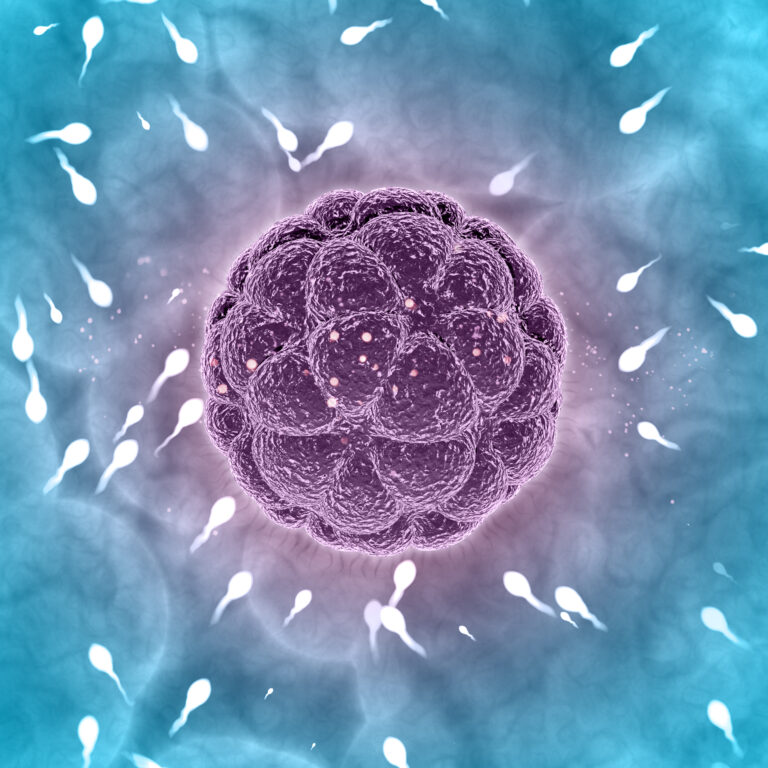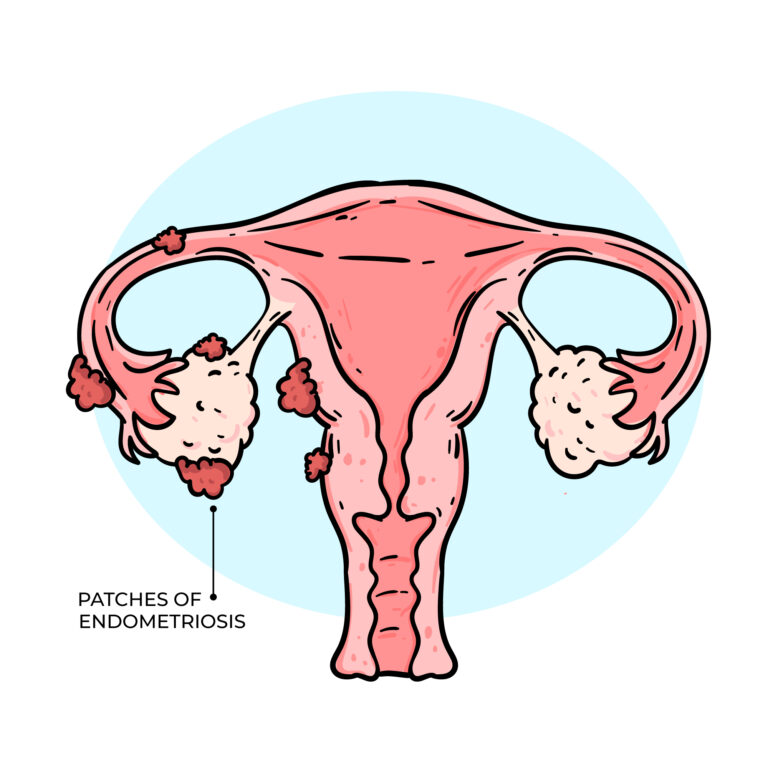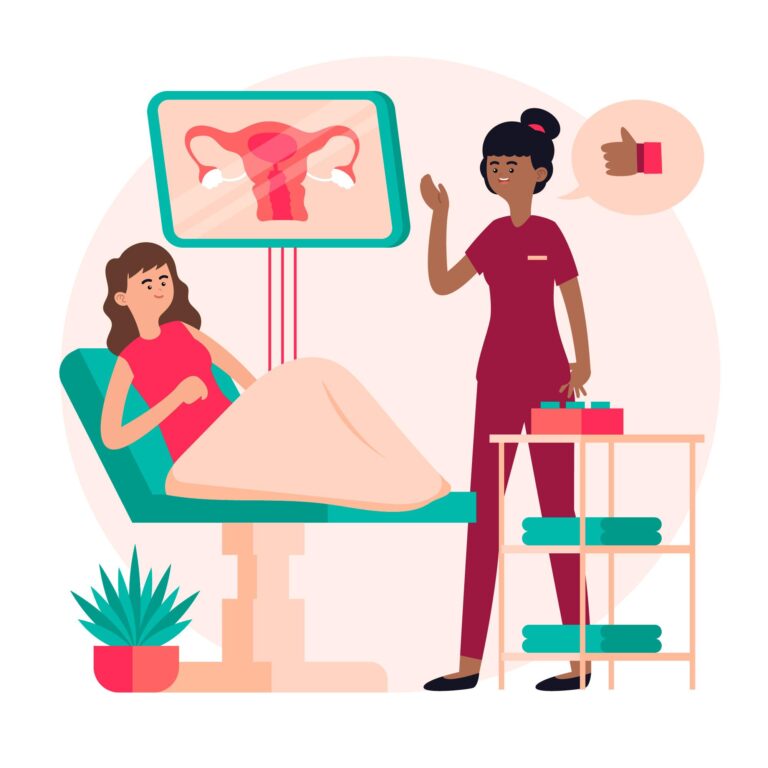For a woman to conceive naturally, at least one fallopian tube must be patent (open and functional). This is because fertilization, when the sperm meets the egg typically occurs within the fallopian tube. If both tubes are blocked, natural conception is not possible, as the sperm and egg cannot meet.
Even in cases where assisted reproductive techniques such as intrauterine insemination (IUI) are being considered, tubal patency is essential. One functional tube is required for IUI to be effective. “Patent” in this context means that the tube is unobstructed and allows for the free passage of the egg and sperm.
Some women undergo hydrotubation or tubal flushing to attempt to reopen blocked tubes. However, it is important to understand that these procedures do not guarantee restored patency. Clinical experience shows that only a small percentage of women with tubal blockage benefit from these procedures. If conception does not occur within 2 to 3 months after hydrotubation or tubal flushing, it is advisable to repeat tubal patency testing to avoid unnecessary delays in achieving pregnancy.
For women considering invitro fertilization (IVF), functional fallopian tubes are not required, as fertilization occurs outside the body in the laboratory. Therefore, women with bilateral tubal blockage may consider IVF as a more effective alternative.
In summary, tubal evaluation is a crucial step in fertility assessment. If you have undergone a procedure to unblock your tubes and you are not achieving pregnancy, speak to a fertility scientists.









